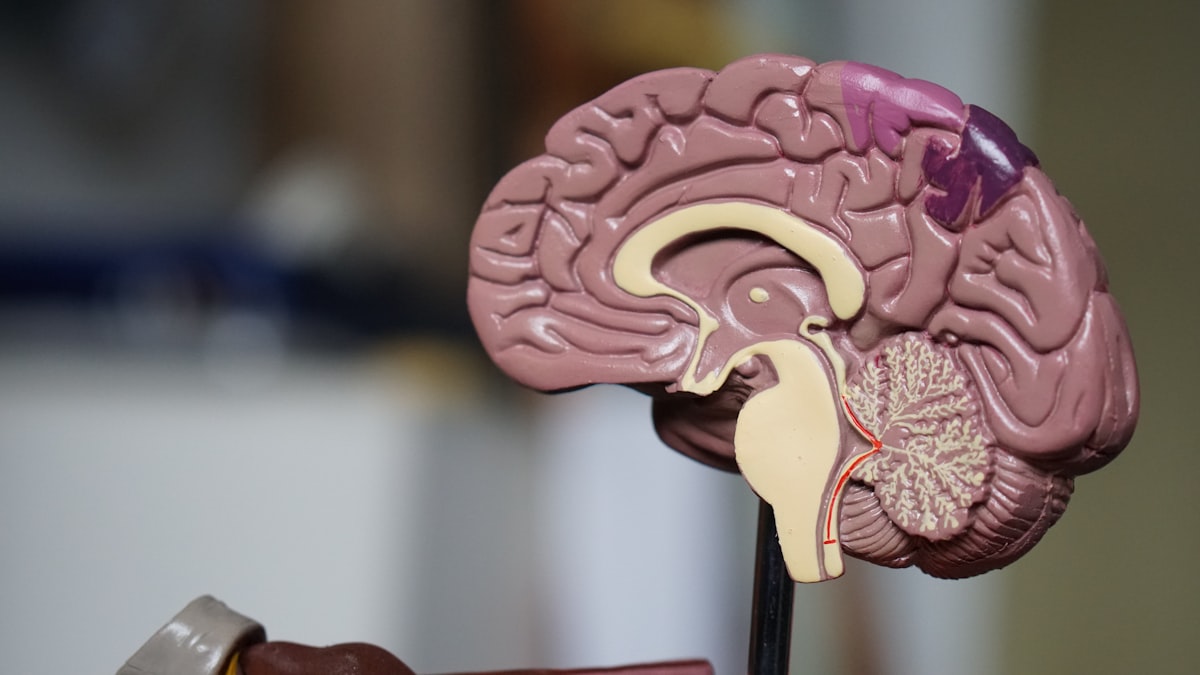What Are the Structures of the Brain?

The brain is a vast mass of matter. As we think about the mind and its functions, we come across the words such as neurotransmitters, glia, base ganglia, synapses, and synapses. Let's take a moment to learn more about these terms and how they relate to our lives.
Neurotransmitters
The brain is a complex system that is made up of many different neurotransmitters. Some of these neurotransmitters have one primary role, such as dopamine, which is responsible for pleasure and learning. Others are more complex and work together to facilitate neural signaling across the cortex.
Glia
Glia in the brain plays a vital role in many aspects of brain function. They help synapses process information and participate in memory, vision, and muscle contraction processes. They are also involved in functions of the brain that are unconscious, such as sleep and thirst.
Synapses
Synapses in the brain are structures that allow the transmission of signals between brain cells. The process of synaptic development is tightly regulated. Synapses form when axons reach their primary target areas. Later, excess synapses are pruned. Molecules influence the process of forming synapses, and the brain can strengthen or weaken synapses as needed.
Base ganglia
The basal ganglia are structures in the brain that play an essential role in limbic and cognitive behaviors. They are composed of segregated functional territories and have generated significant interest in neuroscience. The emergence of advanced anatomical tracing methods and physiological approaches has also contributed to understanding these areas.
Limbic system
The limbic system in the brain regulates many aspects of behavior and emotion. For example, it helps you recognize food and regulates your autonomic nervous system. It also plays a role in the regulation of emotions and learning. Damage to the limbic system can lead to inappropriate emotional responses and learning disabilities.
Cerebellum
The cerebellum is an area of the brain that controls balance and smooth muscular activity. This area also is essential for learning motor behaviors. Complex movements can become unsteady and uncontrolled if there is a problem with this area.
Brain stem
The brain stem contains many important neural structures controlling different body parts. Small lesions in this brain region can have a wide range of effects. These effects include speech disorders, vestibular disturbances, abnormal consciousness, dysphagia, and respiratory disturbances. Damage to the brainstem can be caused by trauma, disease, or tumors. Some experts consider the complete loss of brainstem function equivalent to brain death.



